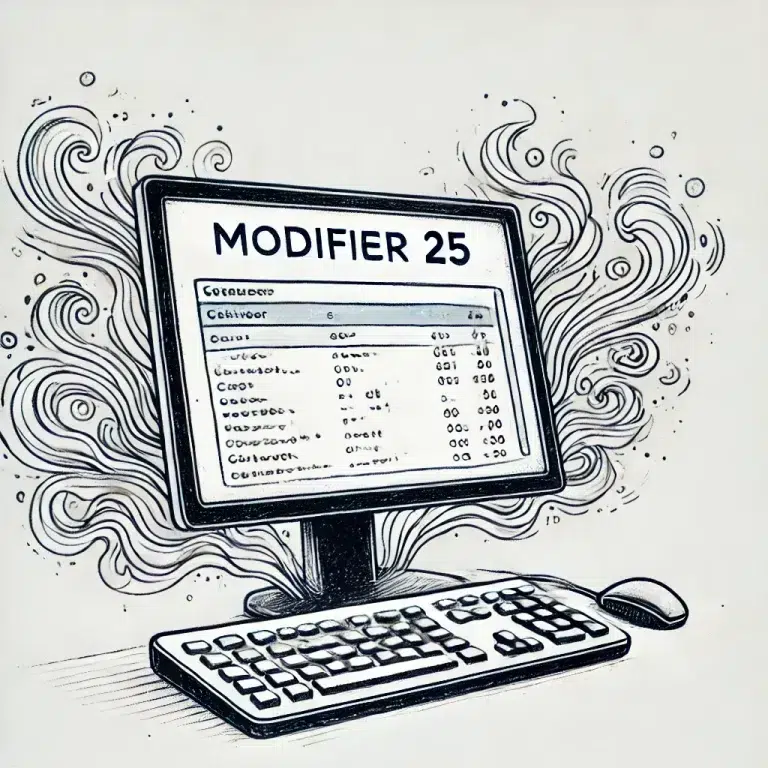Three Approaches for Dealing With OTCs
There’s been much talk about over-the-counter (OTC) hearing aids since the FDA created a new class of devices to be sold at local big-box stores around the U.S.
You might have heard of OTCs from news outlets that are covering this historical change, representatives from hearing aid manufacturing companies who are strategizing with those in the audiology industry to ensure continued sales of their product lines or forums from professional organizations.
Everyone has something different to say about OTCs, so this Ask Fuel First question is: What exactly is an OTC?
To explain what OTCs are, we need to get the vocabulary right.
The medical devices commonly referred to as hearing aids that were only obtainable through hearing health care professionals who were licensed are now called prescription hearing aids.
Over-the-counter hearing aids are now defined as units that can be purchased without the assistance of a licensed provider. This means anyone can buy them in brick-and-mortar and big-box stores, online, and yes, even from an audiology provider.
The confusion comes when those of us who have been in this profession for a long time take a step back and remember that hearing devices have been available online and in stores for a long time! They are called personal sound amplification products (PSAPs). These devices look very similar to what we now call prescription hearing aids, but they lack sophistication.
PSAPs are not alternatives to hearing aids and should not be marketed to help those with hearing loss. Their only purpose is to boost or amplify sounds for normal-hearing individuals. While most companies have veered from the PSAP’s original purpose and marketed them directly to people with hearing loss anyway, they suffer no consequences from the FDA for their advertising.
While the sales channel for OTC hearing aids looks similar to PSAPs, don’t let that fool you into thinking that these two products are equitable. They aren’t.
FDA Parameters for OTCs
The final FDA ruling published last year that defined the parameters for OTCs allowed for excellent research and design processes to shine through. As a result, there are no limitations to these devices’ sophistication, intelligence or technological capabilities.
However, OTCs do have some restrictions imposed by the FDA for certain aspects, such as who can use them. Manufacturers must have marked warning labels encouraging consumers to seek professional help if they suffer from specific symptoms, provide a comprehensive instruction manual and clearly state their return policy on the packaging.
OTCs are intended for individuals 18 and older with a perceived mild to moderate hearing loss. Other than a few considerations on their capabilities for loudness so that they assist ONLY mild to moderate hearing losses, the rest of the specifications for OTCs are up to the manufacturer.
OTCs: Highly Capable Devices
Manufacturers have the freedom to provide high-quality OTC devices. And we’ve already seen units on the market that reflect attributes of prescription hearing aids.
Unless you’re a connoisseur of prescription hearing aids, many of the current OTCs could be mistaken for prescription hearing aids. Manufacturers are already producing OTCs that look like earbuds. Some have in-the-ear fitting thanks to a malleable plastic sleeve that looks like a standard receiver-in-the-canal hearing aid, the most commonly fit style in the U.S.
There are also some OTCs with exciting features, such as rechargeability, Bluetooth® compatibility and app functionality. In fact, some OTCs even utilize a proprietary app for smartphones to perform basic pure tone tests with these devices in consumers’ ears. The results of this test are the basis of the program for the OTC, thereby accomplishing, in a somewhat limited form, the same process hearing health care professionals perform by doing a hearing test and then programming prescription hearing aids to accurately reflect the patient’s deficit.
The app further allows customization of OTCs by giving the consumer control over certain aspects of the devices, such as overall volume. Like many prescription hearing aids, some OTCs can stream calls and media directly into consumers’ ears.
So, Now What?
If OTCs are intelligent devices with advanced technology, why would someone want to buy a prescription hearing aid? You might have asked yourself that question after reading about OTCs’ capabilities. We know this question is going through the mind of someone with hearing loss right now.
As hearing health care professionals, we can’t answer that question for the whole country. But it is our job to educate our patients. Even if they aren’t asking, we should tell them how OTCs are similar yet different from prescription hearing aids. Explain the benefits of your expertise in diagnosing and treating their hearing loss instead of someone who goes to the store and buys an OTC without medical knowledge.
Fitting and adjusting hearing devices are complex; many patients need counseling and time to get the settings right for them. Imagine someone buying an OTC, then getting frustrated because they don’t know how to set it or simply don’t understand how hearing devices function. They’ll eventually stuff that device in a drawer, never to be worn again.
These people will have wasted a lot of money because they won’t use the OTC, and they may forego proper treatment in the future because they think hearing aids don’t work. Remember, the main reason people don’t see hearing health care professionals is that they don’t know what they’re missing.
So, now you have to decide what you will do about OTCs. Will you tell your patients to avoid them and refuse to recommend which ones might work for certain patients? Or will you embrace this change? Only you and your team can make the best decision for your practice, but Fuel Medical can provide resources to help. Read the following article or contact your regional team for more information.


